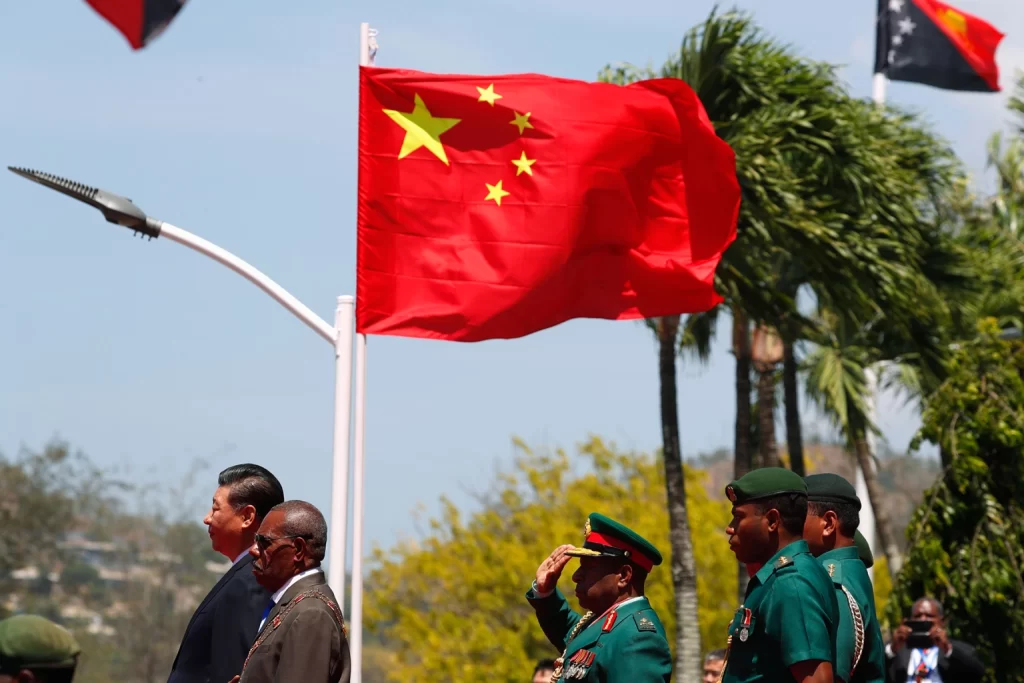DWXAH Indoor Fly Trap, Plug-in Bug Light Catcher with UV and Blue Light - Fruit Fly Traps for Indoors, Gnats, Mosquitoes, Flies, Moths,House Flies - Fly Traps Indoor for Home-400 Sq Ft of Protection
$19.99 (as of April 17, 2024 20:57 GMT +00:00 - More infoProduct prices and availability are accurate as of the date/time indicated and are subject to change. Any price and availability information displayed on [relevant Amazon Site(s), as applicable] at the time of purchase will apply to the purchase of this product.)General Martin Dempsey spoke of an address about China before retiring from the post of US Chief of Staff in 2014. He had said that “the United States may soon be forced to openly confront China, as it did during the Cold War with the Soviet Union.” His words seem to be true today. General Dempsey made the remarks in 2012 in the context of the Obama administration’s foreign policy of prioritizing East Asia.
There is no doubt that the biggest problem of the United States at the moment is China and the two countries have been fighting a ‘tariff war’ since mid-2018. Relations between the two countries have deteriorated to the point that analysts are comparing them to the days of the Cold War. The US foreign policy of prioritizing East Asia was designed to curb China’s growing power. Under it, plans were drawn up to strengthen bilateral relations with the new multilateral alliances.
The then US Secretary of State Hillary Clinton advocated a “broader military presence in the region”. This is the reason that the United States of America has signed an agreement with India. as per this agreement, the United States of America will share sensitive satellite information with India. As this information is sensitive so we do not know any details about the agreement. that what type of information will be shared with India. The speculations that actually this agreement is done to control the power of China in the region. India may be able to tackle the Chinese attack better with the help of this information.
India would certainly be love to be in this agreement with the United States of America as it humiliated badly during his last encounter with China. China not only occupied a large piece of land in Indian territory but also killed a large number of Indian soldiers. China still claimed that the territory they occupied during this encounter actually belongs to China. but the fact is that India also has claimes on this territory. in fact, it was under the control of Indian authorities before this moment of China.
Why a visit a week before the presidential election?
Some experts in the United States have questioned the timing of the visit, a week before the presidential election. But this is not a problem in India. A Foreign Ministry source said that the Indian government does not care much about who will come to power after the elections. A change of government will not change the situation in the region, which is why US priorities will not change. Despite ten years of negotiations between India and the United States and the change of two presidents, the Logistics Exchange Memorandum of Understanding was signed in 2016. This is an indication that foreign policy is not always affected by changes in power. The Indian government knows that there is a consensus between the Democratic Party and the Republican Party on US policies towards India. Some in India believe that the victory of Democratic candidate Joe Biden could cause trouble on the Kashmir issue. On the other hand, there is an opinion that several presidents have raised the issue of Kashmir, but US relations with India have been growing. He believes that if Biden becomes president, it will be easier for India to deal with China because Biden is a proponent of a multifaceted approach and consensus. Trump, on the other hand, is willing to compete with China alone or with only a few countries.




